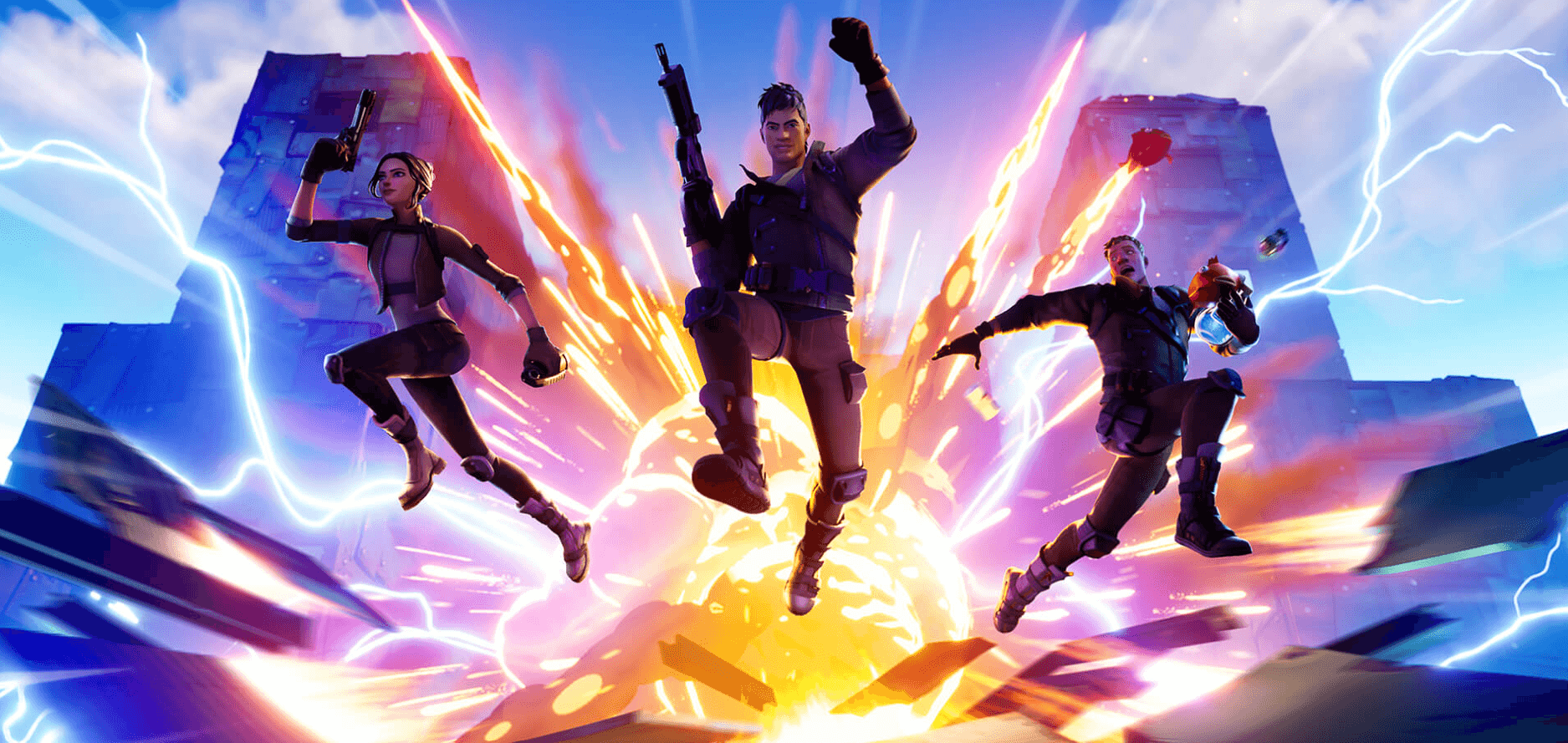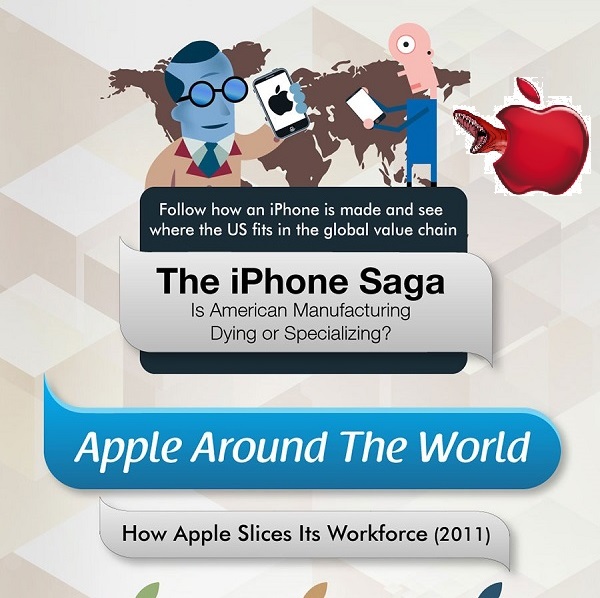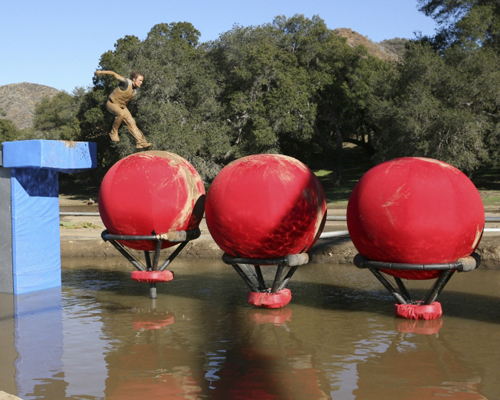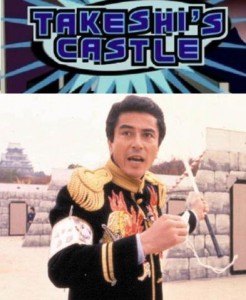Game developers don’t just make money from the first release of a game anymore. One of the smartest ways of making money from games is to release one that can be updated and keep players enjoying it months and years after launch. Company’s like EA are making hundreds of millions of dollars from game releases such as Anthem and Battlefield V.

“Electronic-Arts-Logo” by Electronic Arts [Public domain]
This can be difficult for game developers trying to find new ways to change a game that has been available for years. They will have to find a way to add more to the game without removing what people enjoy so much about it, but it can be done.
Players Can Make Their Own Modes

“Fortnite Pro-Am stadium at E3 2018 3” by Sergey Galyonkin [CC BY-SA 2.0]
If developers are worried about changing a game in a way that players won’t like, one idea is to allow players to make their own modes. This is also great for a game with millions of players, where different fans don’t all want the same thing and developers may be unable to release something that they all like. One game that has done this is Fortnite with its Battle Lab which allows players to create battle royale matches by changing how much damage is done and how to win. Overwatch also offers fans a custom mode where they can make characters much faster to hold Lucio races with their friends. This also helps the game to become popular as fans get their friends to play these modes with them.
New Rules Make Games More Challenging
Game developers can also try to add new rules to their games. Players who have been playing a game for years may feel that they have become incredibly good at it and need new gameplay to help them work on their skills. Developers can add new rewards too which gives players more ways to feel like they’ve won. A game that does this well is Blackjack Perfect Pairs, which takes blackjack, a game that is popular all around the world, and adds a few new ways to win to it. Players can win by getting 21 and they can make a bet on if they’ll get a pair with their first two cards, and there’s 21+3 where players try to make a three-card hand with their two cards and the dealer’s card. Many people know how to play blackjack but the casino game from Realistic Games gives people something new to learn about it.
How to Make the Best Changes

“Mario emblem” by Nintendo/Hayden Schiff [Public domain]
When developers make changes to their games, it is typically to make them more enjoyable for fans. Fans don’t always like the changes that the developers have made and this can lead to criticism.
Some players didn’t like the Mario Kart Tour update, saying that it didn’t change many of the game’s maps by adding snow as they would have liked. Fans may not have had these criticisms if developers had asked the players before developing the updates. Asking players what they want on social media can help developers to make something great.
Keeping a game popular years after it has been released isn’t easy. The money that developers can make if they do is why so many teams spend hours developing updates.








